Electric vehicle (EV) home charging stations offer a convenient and efficient way to charge your electric vehicle at home, but safety is often a major concern for many homeowners. The good news is that home charging stations are very safe when properly installed and used according to the manufacturer's instructions.
These charging stations are equipped with a variety of safety mechanisms that protect against electrical hazards, such as overcurrent protection, ground fault circuit interruption, and thermal monitoring. Regular maintenance and proper use can further enhance their safety and make them a reliable power source for your vehicle.
What Are the Different Types of Home Charging Stations?
EV home charging stations, commonly referred to as Electric Vehicle Service Equipment (EVSE), are categorized primarily into three types: Level 1, Level 2, and DC Fast Chargers.
-
Level 1 Chargers: These chargers require no special installation and can be plugged into a standard household outlet (120 volts). They are the slowest type of EV charger, generally providing about 4 to 5 miles per hour of charging.
-
Level 2 Chargers: Offering a faster charging solution, these require installation of a 240-volt outlet and can charge an EV battery from zero to full in just a few hours—providing about 20 to 30 miles of range per hour of charging.

-
DC Fast Chargers: While not typically installed at home due to their high power requirements and costs, these chargers are designed for commercial use and can charge an EV battery to 80% in just 20 to 30 minutes.
How Are EV Home Charging Stations Installed?
Installing an EV home charging station, particularly a Level 2 charger, is a process that should be carried out by a qualified electrician to ensure safety and compliance with local electrical codes. Here’s a detailed look at the typical installation process:
-
Choose the Right Location
Think about where you park your electric vehicle most frequently—usually a garage or a dedicated parking spot close to your house. The ideal location for a charging station is somewhere it can be easily accessed by your vehicle and is close to your home’s electrical system to minimize installation complexity.
-
Understand the Electrical Requirements
Most homes are equipped with a 120-volt supply, but a Level 2 charging station, which charges your car faster, requires a 240-volt supply (similar to what your washing machine or oven uses). You might need to upgrade your electrical panel or add a new circuit. This is where professional advice becomes crucial.
-
Hiring a Certified Electrician
Don’t try to DIY this step. A certified electrician can ensure that the installation complies with local building codes and safety standards. They can also handle any permits or inspections required by your municipality. This not only ensures safety but may also be necessary for warranty coverage and insurance purposes.
-
Plan for Future Needs
If you anticipate getting more EVs in the future or think that technology upgrades might change your charging needs, discuss these possibilities with your electrician. Installing wiring that can handle more than what you currently need might be more cost-effective in the long run.
-
Test the Setup
Once installed, make sure the charging station works as expected with your vehicle. Check that the connection is stable and the charging starts automatically when you plug in your car. Ask your electrician what to do in case of a fault and how to perform basic troubleshooting.
By taking these practical steps, you can ensure that your EV charging station installation is not only compliant and safe but also meets your current and future needs. Such a setup will provide you with a reliable and efficient charging experience from the comfort of your own home.
What Safety Features Do EV Home Charging Stations Include?
EV home charging stations are designed with multiple safety features to ensure that they operate reliably and prevent accidents. One of the most critical safety components is the Ground Fault Circuit Interrupter (GFCI), which protects against electric shocks. GFCIs detect imbalances in the electrical current that could pose a shock hazard, automatically cutting power to prevent injury.

Additionally, most home charging stations are equipped with built-in overcurrent protection, which safeguards the electrical circuit from being overloaded and potentially causing a fire.
Another important safety feature of home charging stations is thermal monitoring. This system prevents overheating by monitoring the temperature of the charging unit and automatically reducing the charging current—or, or shutting off the power if necessary—when, when excessive heat is detected. Weatherproofing is also essential, especially for chargers installed outdoors, as it ensures that the unit is protected against environmental factors like rain, dust, and extreme temperatures.
Regular software updates are provided by manufacturers to enhance functionality and address any emerging safety concerns, helping maintain your charging station’s safety integrity over time.
How Is Charging Without a Home Charger Dangerous?
Charging an EV without a dedicated home charger, such as using regular household outlets not designed for continuous high power draw, poses several risks:
-
Overheating: Regular outlets and wiring may overheat due to the continuous power draw required by EVs.
-
Electrical Fires: Improper connections and inadequate power supply can lead to electrical fires.
-
Slower Charging Speeds: Charging from a standard outlet is significantly slower and can be impractical for regular use.
Autel offers a variety of Level 2 EV home chargers that are designed to be both user-friendly and technologically advanced, ensuring a safe and efficient charging experience for all types of electric and plug-in hybrid vehicles.
One of the standout products is the MaxiCharger AC Elite Home 40A, which offers adjustable charging up to 40 Amps and features a 25-foot long universal J1772 charging cable with a separate holster and cable management unit. It's designed for both indoor and outdoor installations and is priced at $559. This model supports Wi-Fi, Bluetooth, Ethernet, CAN, and RS485 connectivity, allowing for easy integration into home networks and smart home systems.
For those needing more power, the MaxiCharger AC Lite Home 50A provides up to 50 Amps of power and also supports a range of connectivity options including Wi-Fi and Bluetooth. It features similar design and installation flexibility, making it suitable for various residential settings.
Autel chargers include advanced safety and management features such as Adaptive Load Management (ALM) and Dynamic Load Balance (DLB), ensuring that the charging process is not only fast but also optimally balanced with your home’s energy usage. These chargers are also IP65 certified, indicating a strong resistance to dust and water, which is crucial for outdoor installations.
Autel's chargers are praised for their build quality, ease of use, and smart features, which also allow users to manage and monitor the charging process via a mobile app. For more detailed information and to view their full range of products, you can visit Autel’s official store page here.
How to Maintain Your Home Charging Station for Optimal Safety?
To maintain your home charging station safely and effectively:
-
Routine Checks: Every few months, give your charging station a visual inspection. Look for obvious issues like loose components, frayed cables, or signs of burning around the plug points. These can be early warnings of electrical problems.
-
Keep It Clean: Dust and debris can accumulate and impair the functionality of your charging station. Use a soft cloth to wipe down the station and clear any leaves or debris from the area. This is particularly important if your charger is outside and exposed to the elements.
-
Stay Updated: If your charger is smart-enabled, it may receive updates that improve functionality or enhance safety. Make sure your charger is connected to Wi-Fi to automatically download updates, or check the manufacturer's website for the latest firmware updates.
-
Professional Audits: Annually, consider hiring a qualified electrician to inspect your charger. They can check that the unit is correctly grounded and that all electrical connections are secure and up to standard. This can prevent electrical hazards.
-
Protect the Charger: If your charger is outdoors, think about protective measures like a waterproof cover or installing it under a shelter. This helps avoid water damage and reduces wear from UV exposure, extending the lifespan of your charger.
Conclusion
EV home charging stations offer a convenient and efficient way to charge electric vehicles. By understanding the types of chargers, adhering to proper installation procedures, utilizing built-in safety features, and maintaining the equipment properly, EV owners can enjoy the benefits of home charging with peace of mind. Always prioritize safety to ensure that your sustainable transportation choice contributes positively to both your lifestyle and the environment.

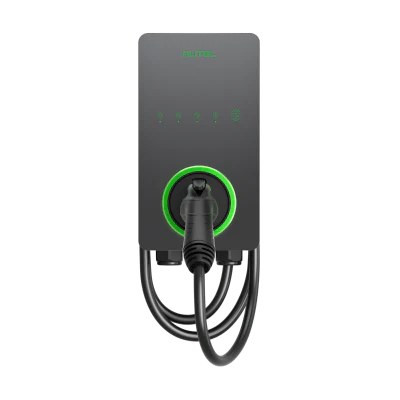
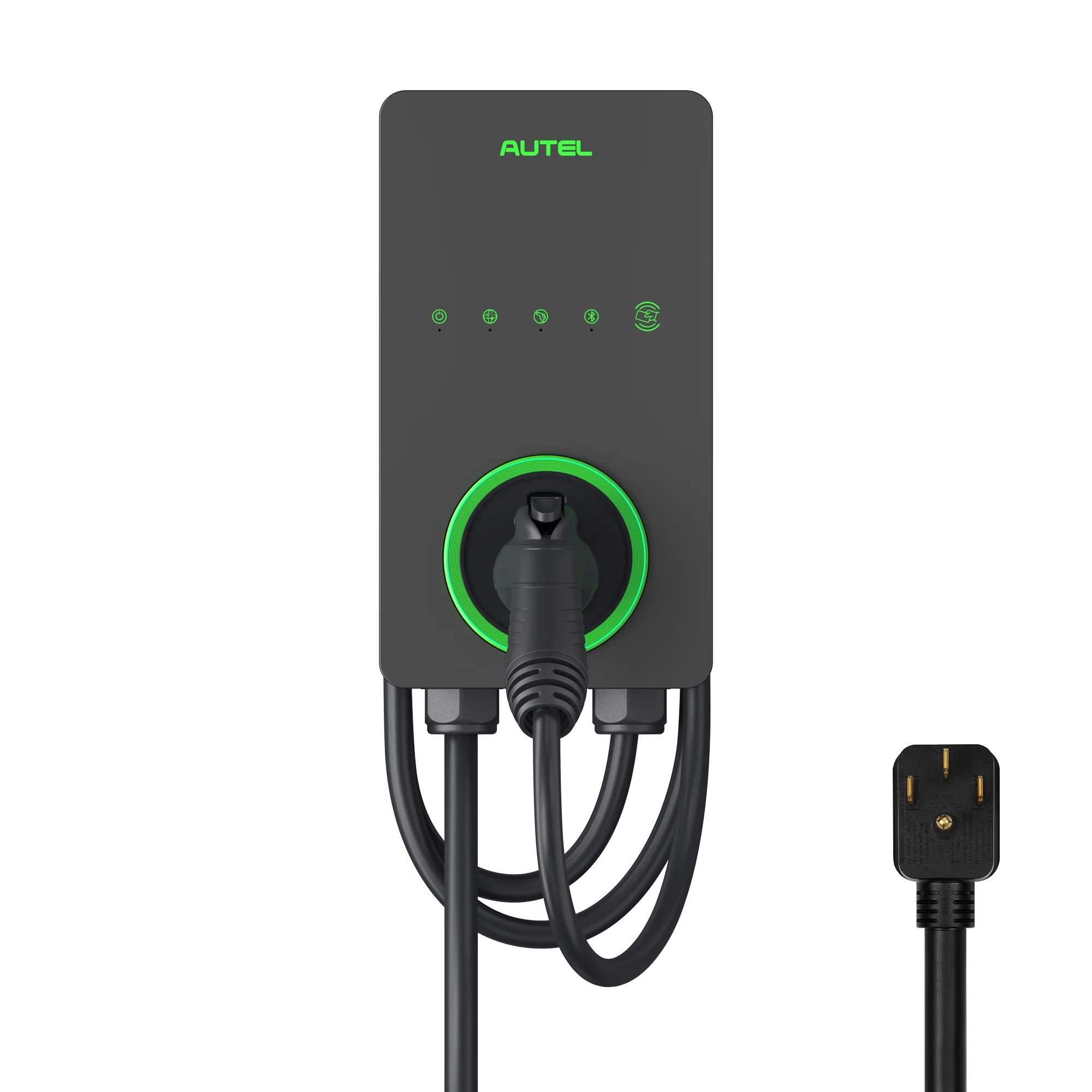
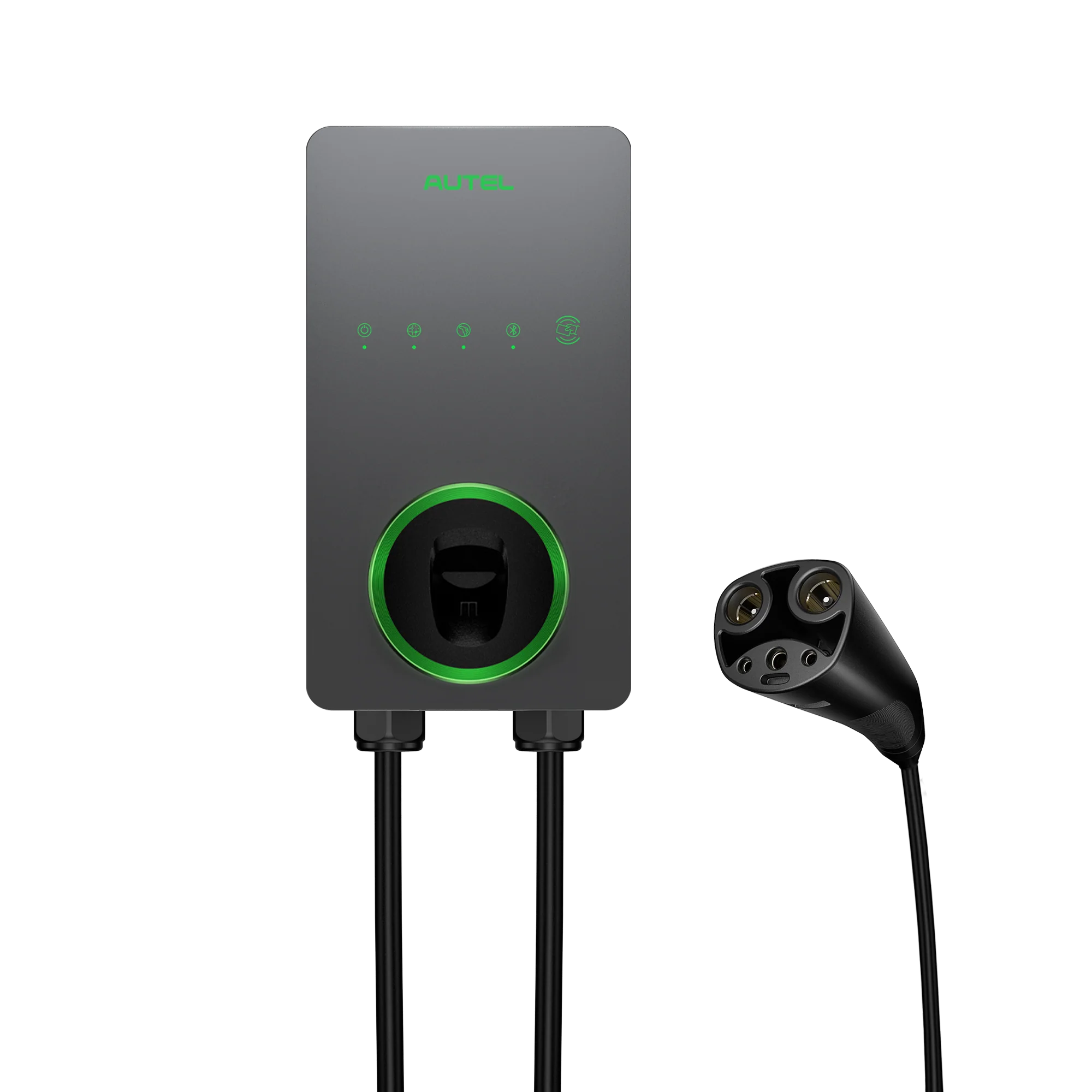
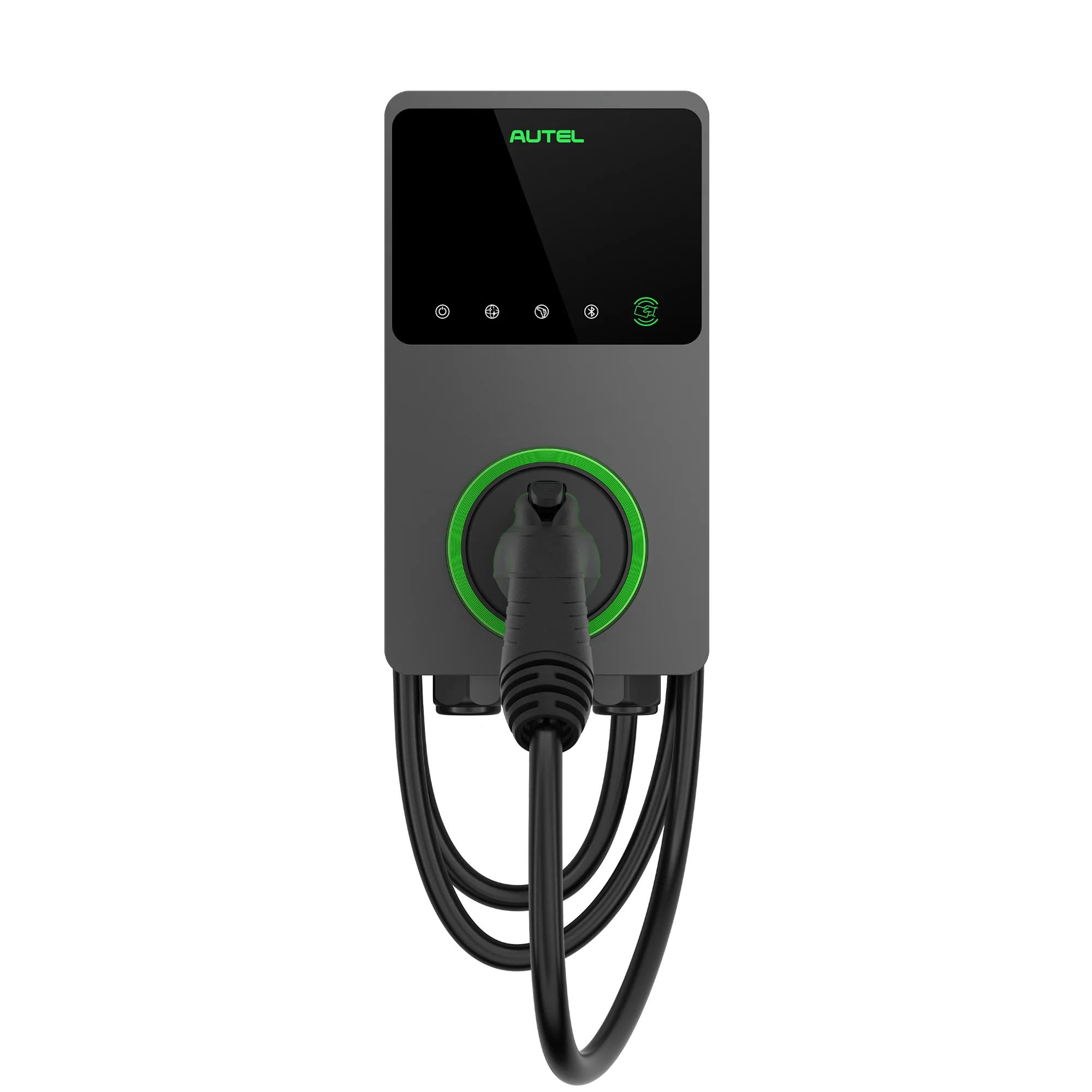
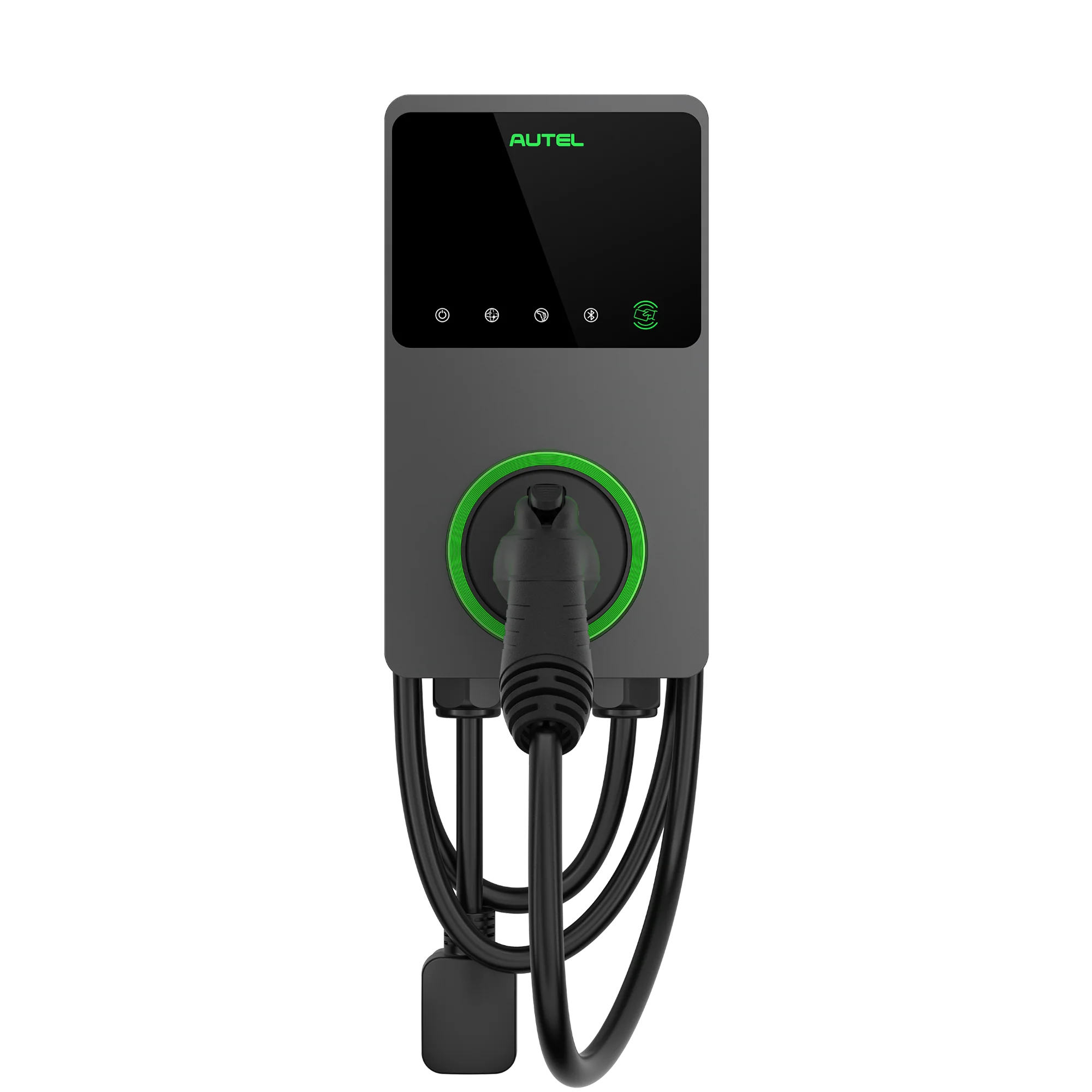
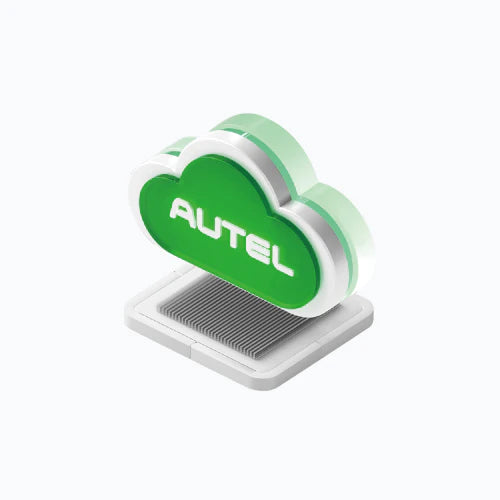
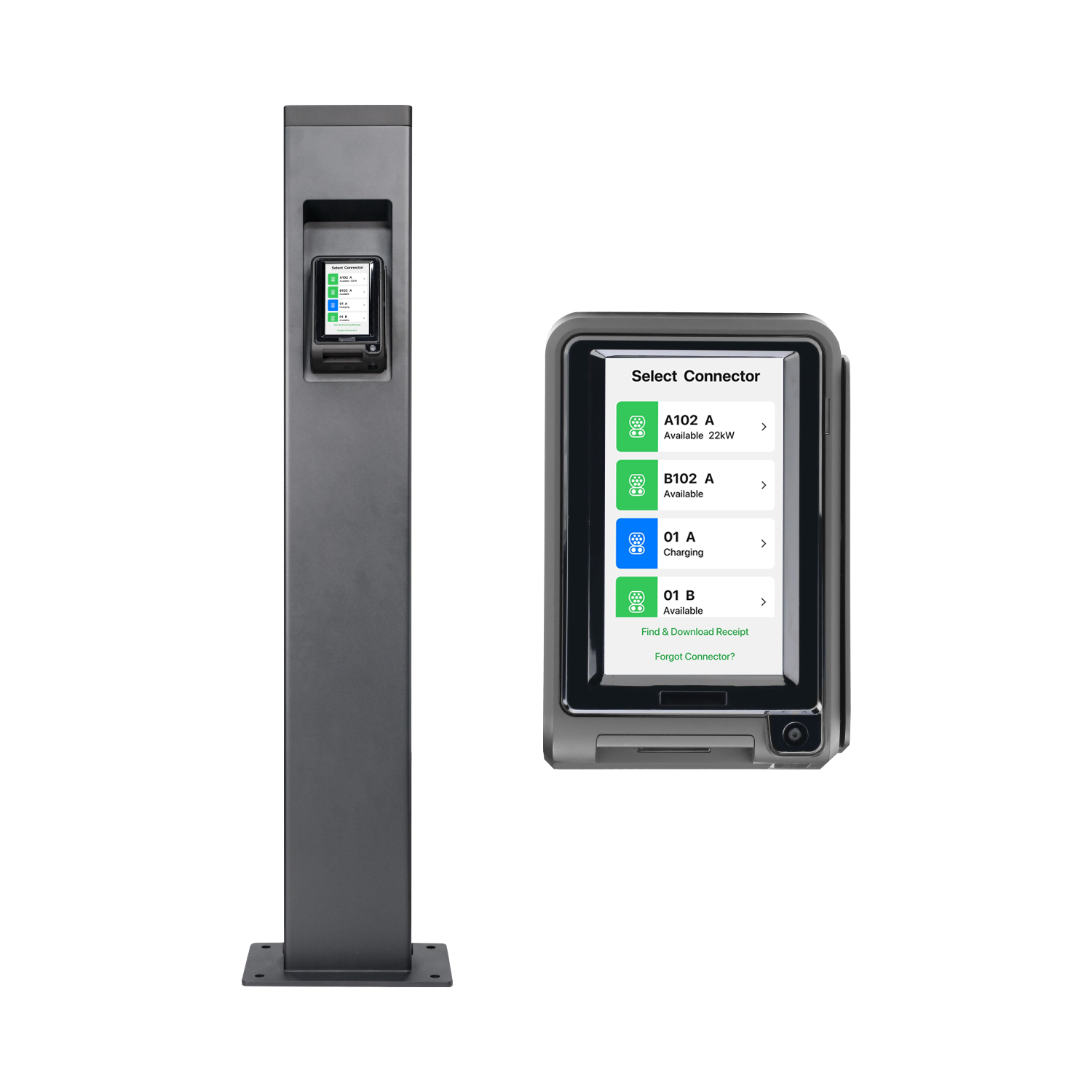
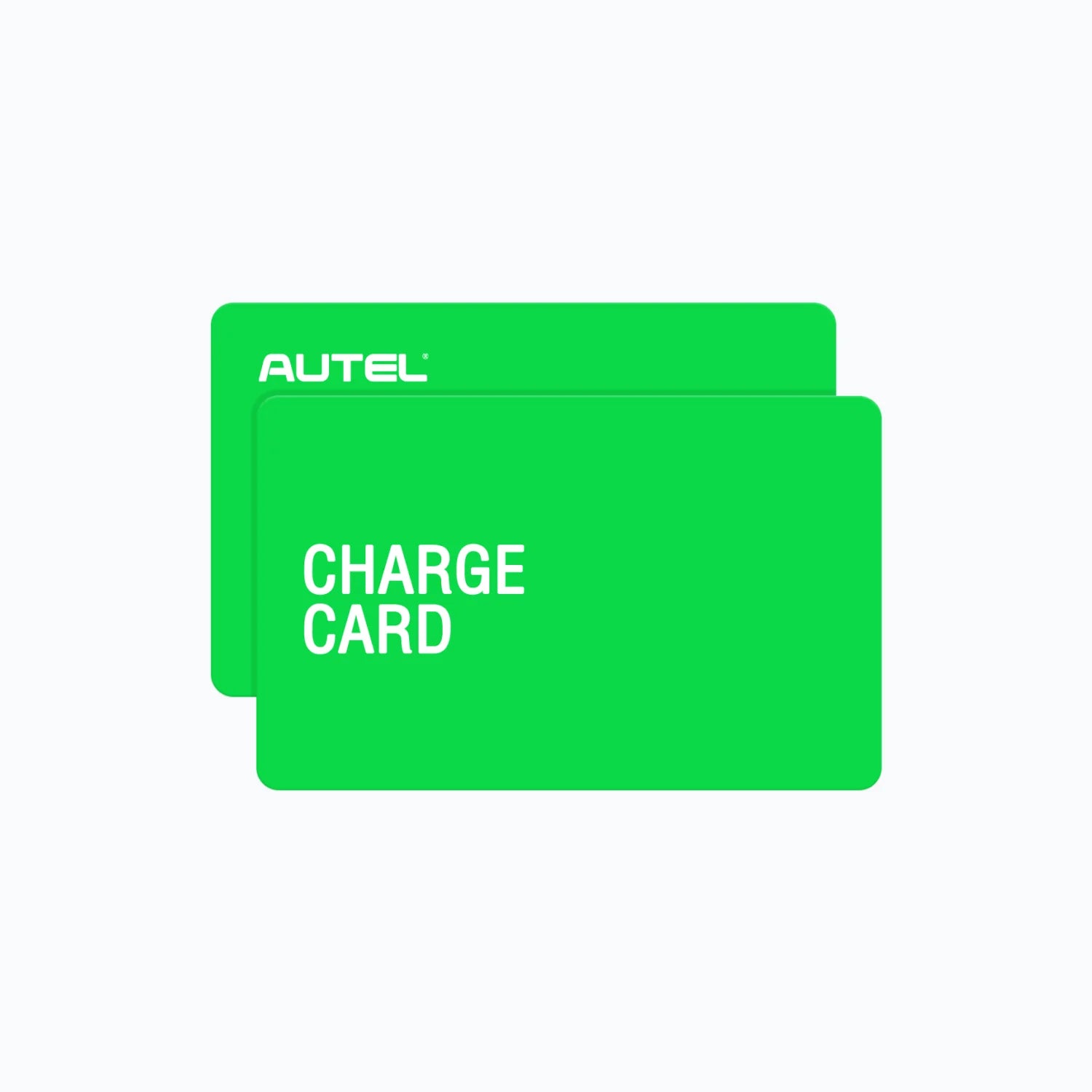
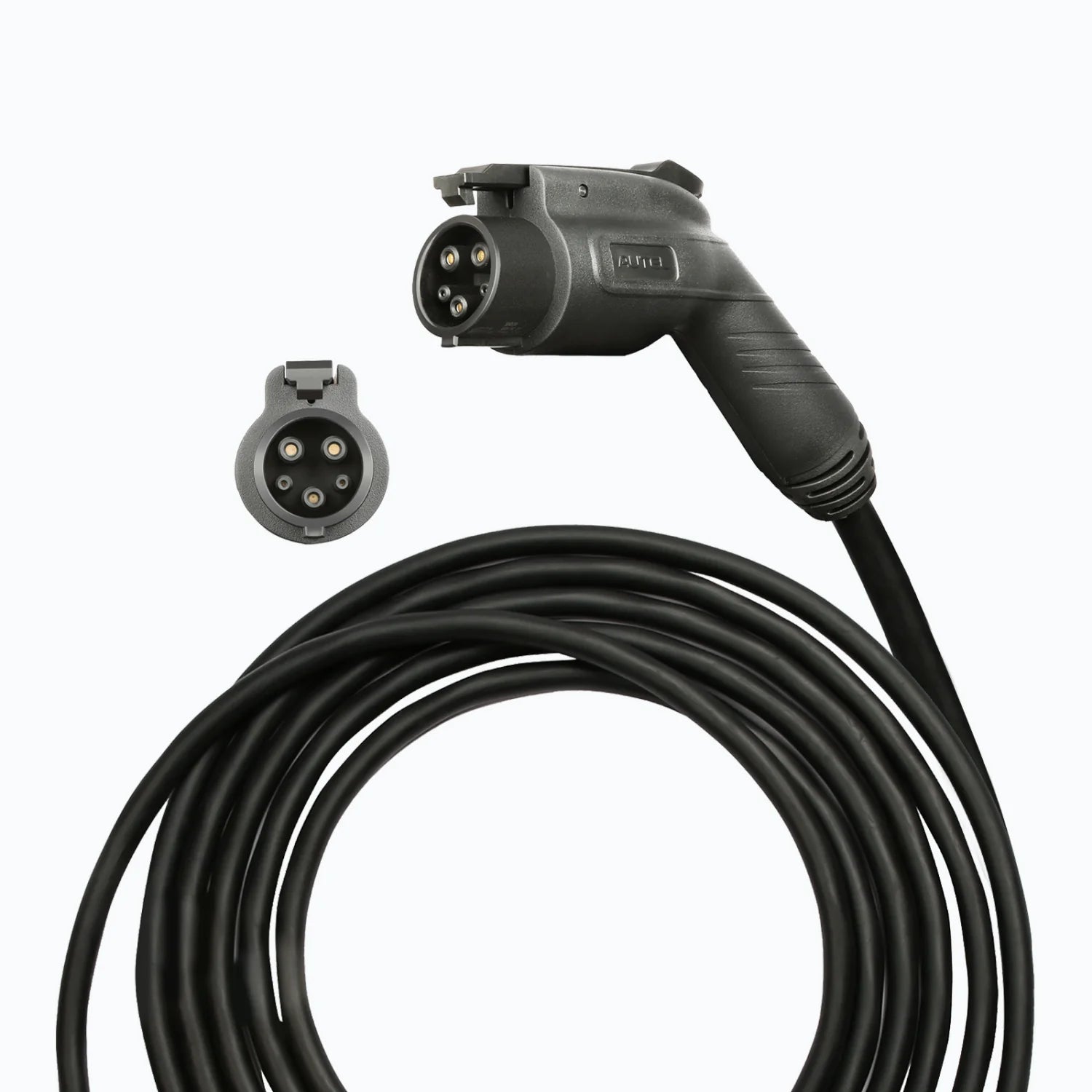
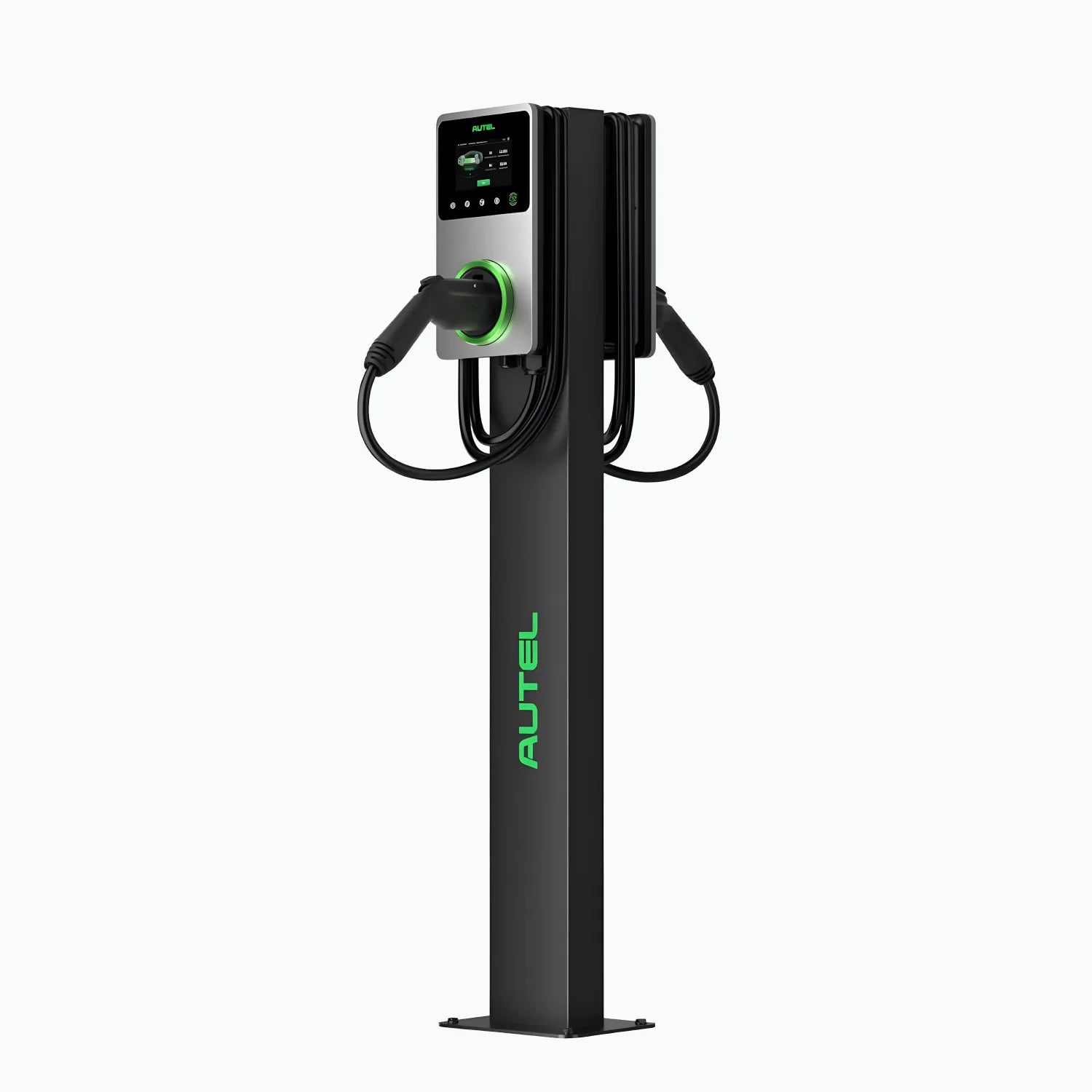
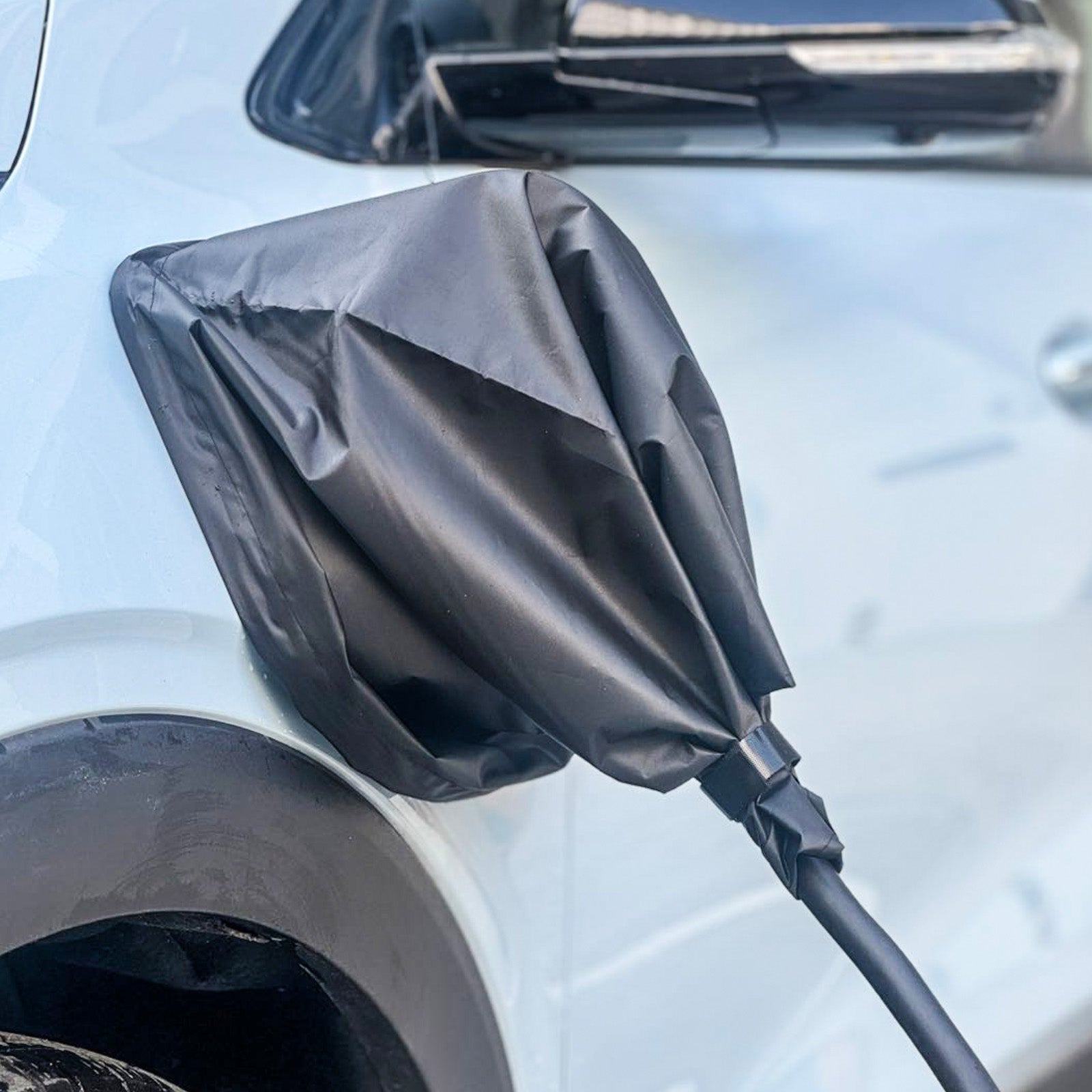
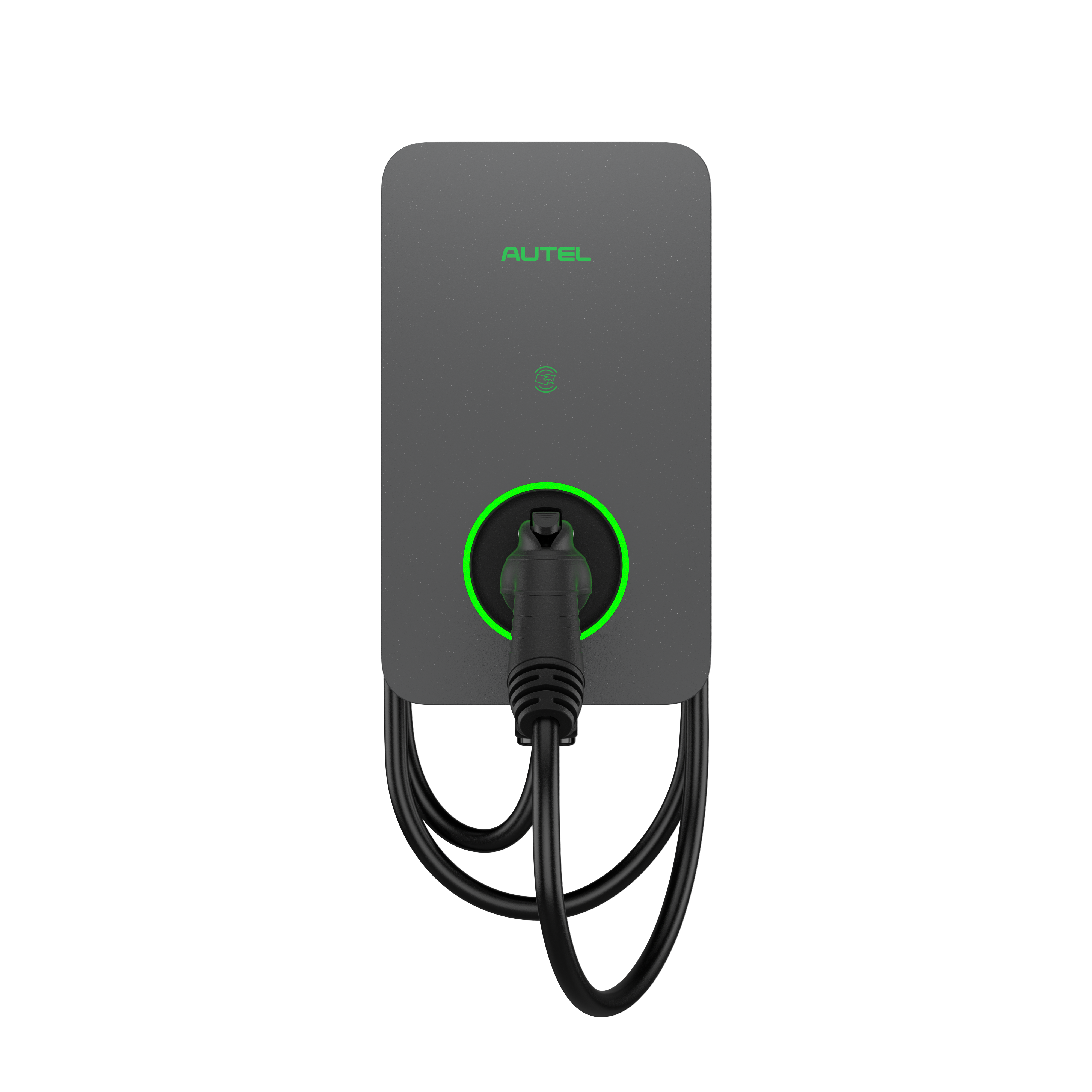
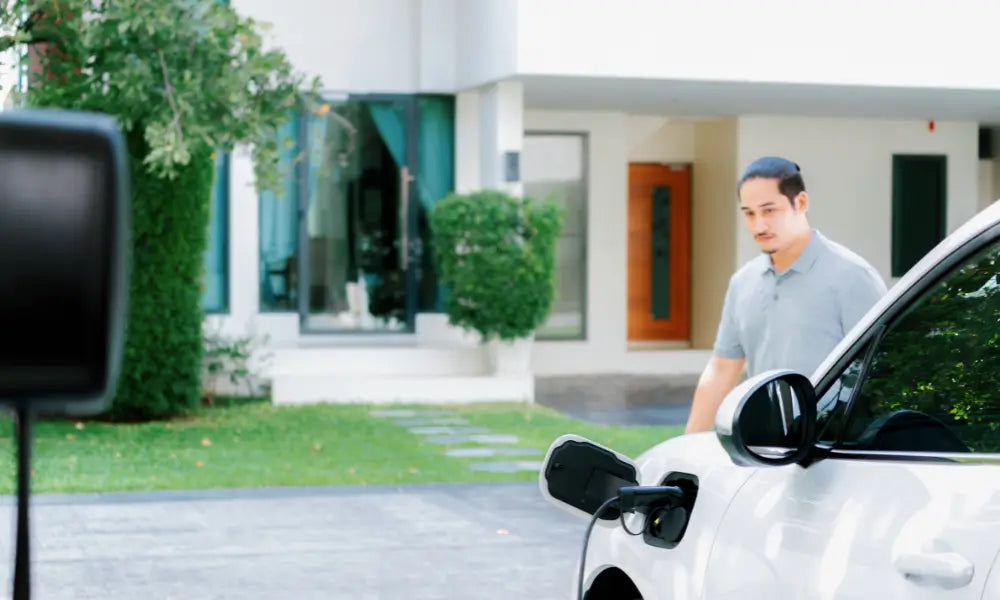
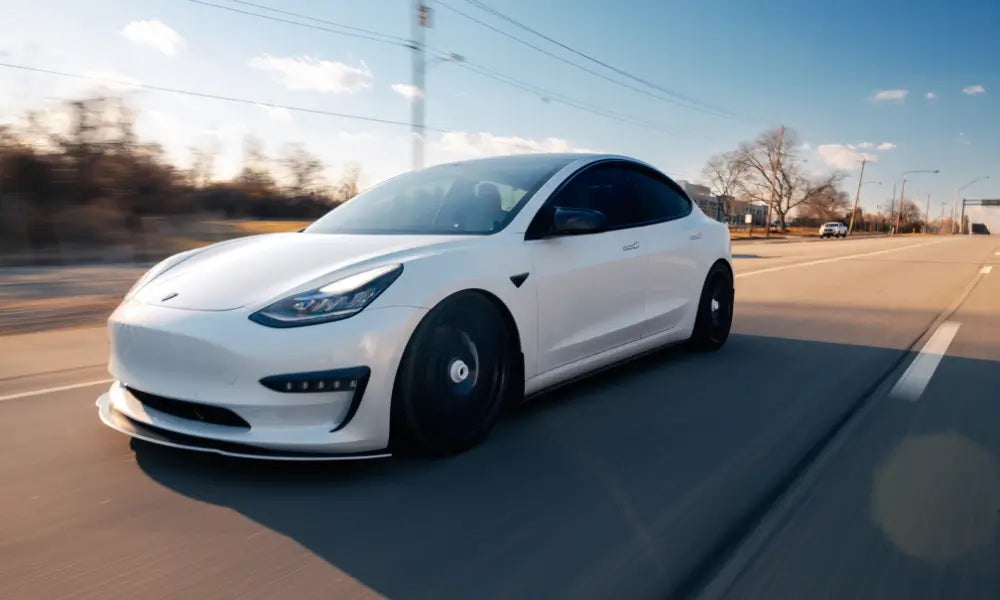
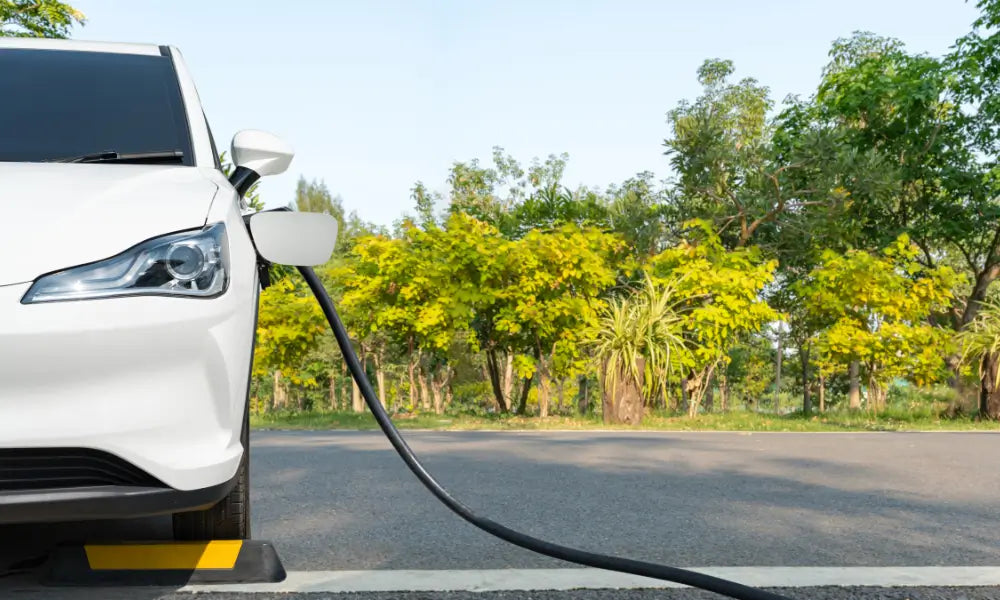
Laisser un commentaire
Tous les commentaires sont modérés avant d'être publiés.
Ce site est protégé par hCaptcha, et la Politique de confidentialité et les Conditions de service de hCaptcha s’appliquent.